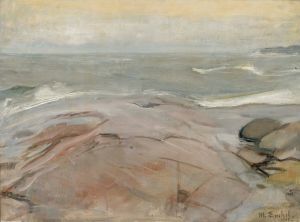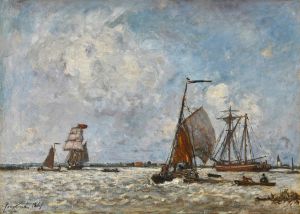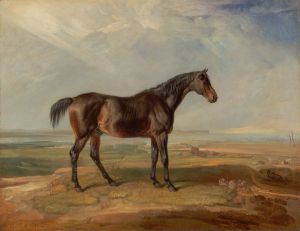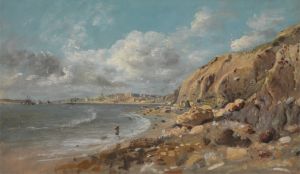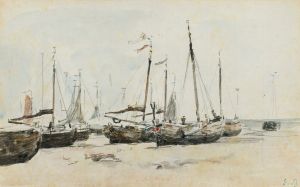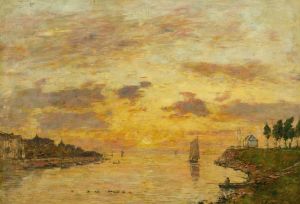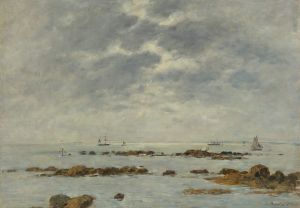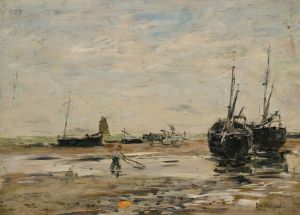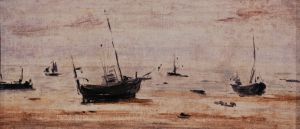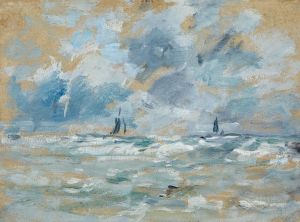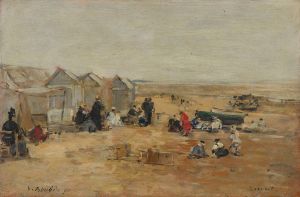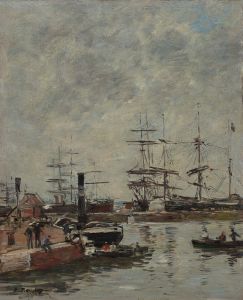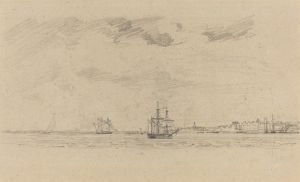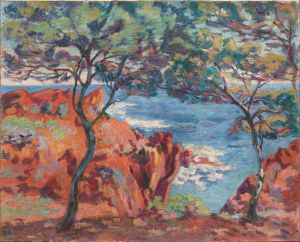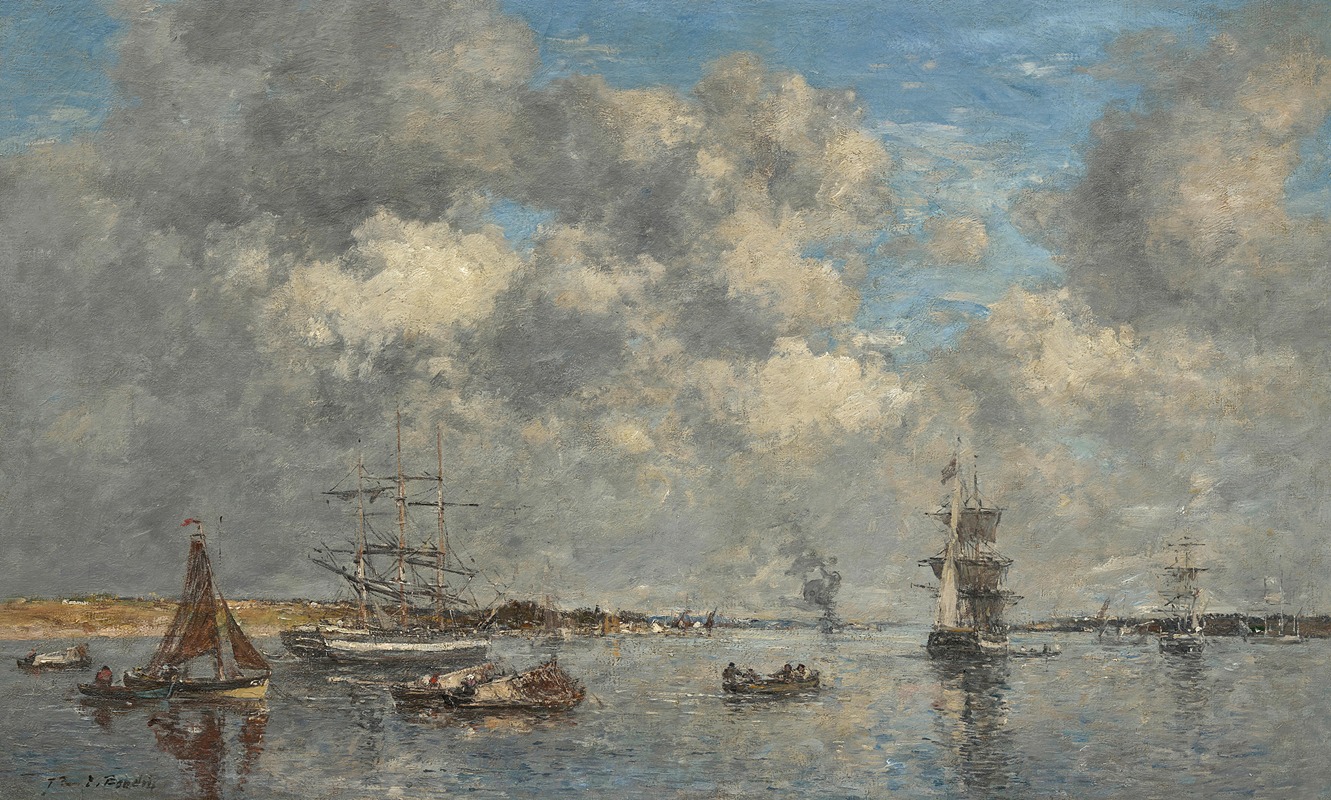
Camaret. L’Estuaire
A hand-painted replica of Eugène Boudin’s masterpiece Camaret. L’Estuaire, meticulously crafted by professional artists to capture the true essence of the original. Each piece is created with museum-quality canvas and rare mineral pigments, carefully painted by experienced artists with delicate brushstrokes and rich, layered colors to perfectly recreate the texture of the original artwork. Unlike machine-printed reproductions, this hand-painted version brings the painting to life, infused with the artist’s emotions and skill in every stroke. Whether for personal collection or home decoration, it instantly elevates the artistic atmosphere of any space.
Eugène Boudin was a prominent French painter known for his seascapes and beach scenes, and he played a significant role in the development of Impressionism. One of his works, "Camaret. L’Estuaire," reflects his fascination with the coastal landscapes of France. Boudin was born in Honfleur, a port town in Normandy, in 1824, and his early exposure to the sea greatly influenced his artistic career. He is often celebrated for his ability to capture the transient effects of light and atmosphere, which became a hallmark of his work.
"Camaret. L’Estuaire" is one of Boudin's many paintings that depict the coastal regions of Brittany, a place he frequently visited and painted. Camaret-sur-Mer, located on the Crozon peninsula, is known for its picturesque landscapes and maritime activities, making it a fitting subject for Boudin's artistic interests. The estuary, or "l’estuaire" in French, refers to the tidal mouth of a river where it meets the sea, a common feature in Boudin's coastal scenes.
Boudin's technique involved painting en plein air, or outdoors, which allowed him to observe and capture the natural light and changing weather conditions directly. This approach was relatively novel at the time and laid the groundwork for the Impressionist movement, which emphasized the depiction of light and its effects on the environment. Boudin's work, including "Camaret. L’Estuaire," often features loose brushwork and a focus on the atmospheric qualities of the scene rather than precise detail.
In "Camaret. L’Estuaire," Boudin likely employed his characteristic palette of soft blues, grays, and earthy tones to convey the serene yet dynamic nature of the estuary landscape. His compositions often balance the sky and water, with boats, figures, or coastal structures providing focal points that draw the viewer's eye across the canvas. The painting would exemplify Boudin's skill in rendering the subtle interplay of light and shadow, capturing the essence of the coastal environment.
Boudin's influence on the Impressionist movement was significant, and he was a mentor to younger artists, including Claude Monet. Monet once referred to Boudin as his "master," acknowledging the older artist's impact on his own development. Boudin's dedication to capturing the fleeting moments of nature resonated with the Impressionists, who sought to depict modern life and its ephemeral qualities.
While specific details about "Camaret. L’Estuaire" may not be extensively documented, the painting fits within the broader context of Boudin's oeuvre and his contributions to art history. His works are held in high regard and can be found in major museums and collections worldwide, where they continue to be appreciated for their pioneering approach to landscape painting and their role in the evolution of modern art.





